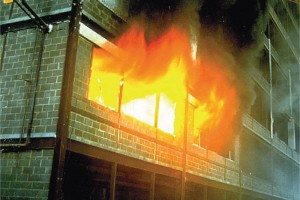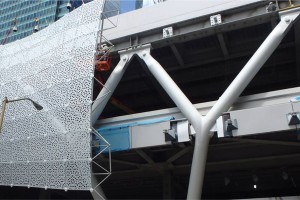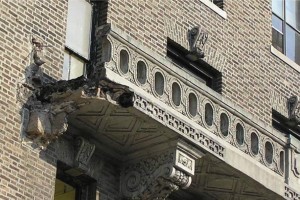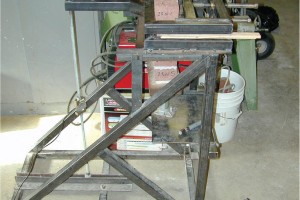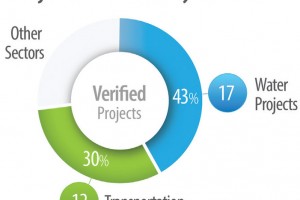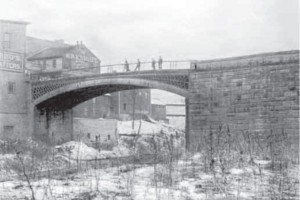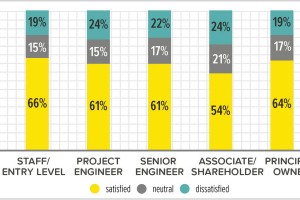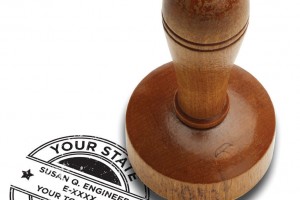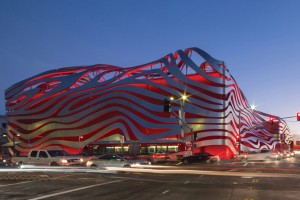Recent developments in prescriptive fire resistance design resulted in the introduction and advancement of UL Design D982. A principal advantage of this UL design is that it provides the same fire protection thickness requirements for 2-hour assembly ratings regardless of whether the classification is restrained or unrestrained. …
Review Category : Articles
Steel casting is considered an innovative, leading-edge technology when used in the design of building structures. However, there are several notable North American buildings that used steel castings that have been in service for over a decade. As steel castings become more commonly used in building design, innovative applications of this technology are emerging. …
According to the Epidemiology of Balcony Fall-Related Injuries, United States, 1990-2006 (American Journal of Emergency Medicine, 2011 February 29), there were 86,500 fall cases (including 8 fatalities) over the period studied. This estimate was based upon injuries requiring emergency medical treatment, and it reports that 5,600 cases involved structural failures. The information available did not allow the study’s authors to assess whether the structural failures were due to overload or to defective floors or railings. …
Determining Existing Masonry Structural Properties
Design professionals rely on numbers. Some of the most important numbers represent the design loads on a structure during an event with a certain probability of occurring, and the resistance of the structure given its geometry, material properties, and connections. In a new structure, these quantities are generally known, specified, and listed on project documents. Design loads are determined by building codes and jurisdiction. Material properties are specified by the designer and verified through testing. …
A modern challenge of the engineering profession is to account for the unintended consequences and life cycle costs from impacts of infrastructure on the environment, society, and economy. While this challenge has been realized on a global scale for more than half a century, tools for design professionals in the United States to systematically address this challenge were not developed until the formation of the Leadership in Energy and Environmental Design (LEED) by the United States Green Building Council. LEED, while bringing the building industry forward, did not directly address sustainability of nonbuilding civil infrastructure. However, Envision, developed by the Institute for Sustainable Infrastructure (ISI), did. …
The First Cast Iron Bridge in the United States
Masonry arch bridges date from 1,300 BC, but it was the Romans who developed the form for bridges, aqueducts, and buildings. Many of them, like the Pont du Gard Aqueduct, circa 50 AD, still stand after almost two millennia. Cast iron arch bridges were built in England starting in 1779 with the Coalbrookdale Bridge across the Severn River, which still stands. Later, Thomas Telford built many cast iron arch bridges. His first was the Buildwas Bridge just upstream from the Coalbrookdale Bridge. Many of his bridges are still in service. …
Structural Engineering Engagement and Equity (SE3) Committee Survey Results
Results of the 2016 SE3 Study discussed in Part 1 (STRUCTURE, April 2017) focused on overall career satisfaction, development, and advancement. Part 2 of this series (STRUCTURE, August 2017) focused on compensation, overtime, and the gender pay gap. This article highlights the survey findings regarding work-life balance, flexibility benefits, and caregiving. A full report that includes all the findings discussed in this series can be found at SE3project.org/full-report. …
A Strategic Plan for Design Professionals
Among all the professions, design professionals are unique in that only they hold professional stamps to seal their work product. That seal carries genuine significance. As the Ontario Board of Engineers has stated,
[The engineer’s stamp] assures the document’s recipient that the work meets the standards of professionalism expected of competent, experienced individuals who take personal responsibility for their judgments and decisions. …
Wallace Engineering Structural Consultants, Inc. was an Outstanding Award Winner for its Façade System for the Petersen Automotive Museum Renovation project in the 2016 NCSEA Annual Excellence in Structural Engineering Awards Program in the Category – Special Use Structures.
Construction began in 2014 on a major renovation of the Petersen Automotive Museum in Los Angeles, California. The museum’s interior and exterior were fully remodeled at a total cost of $125 million. The centerpiece of the renovation is an entirely new and very dramatic façade. …
Historically, societies have placed a high value on professionals, trusting that those who possess the higher knowledge associated therewith will serve the interests of society with that knowledge. But now, perhaps due to political or economic pressures, we find society struggling to determine the value of having licensed, regulated professional engineers. …

